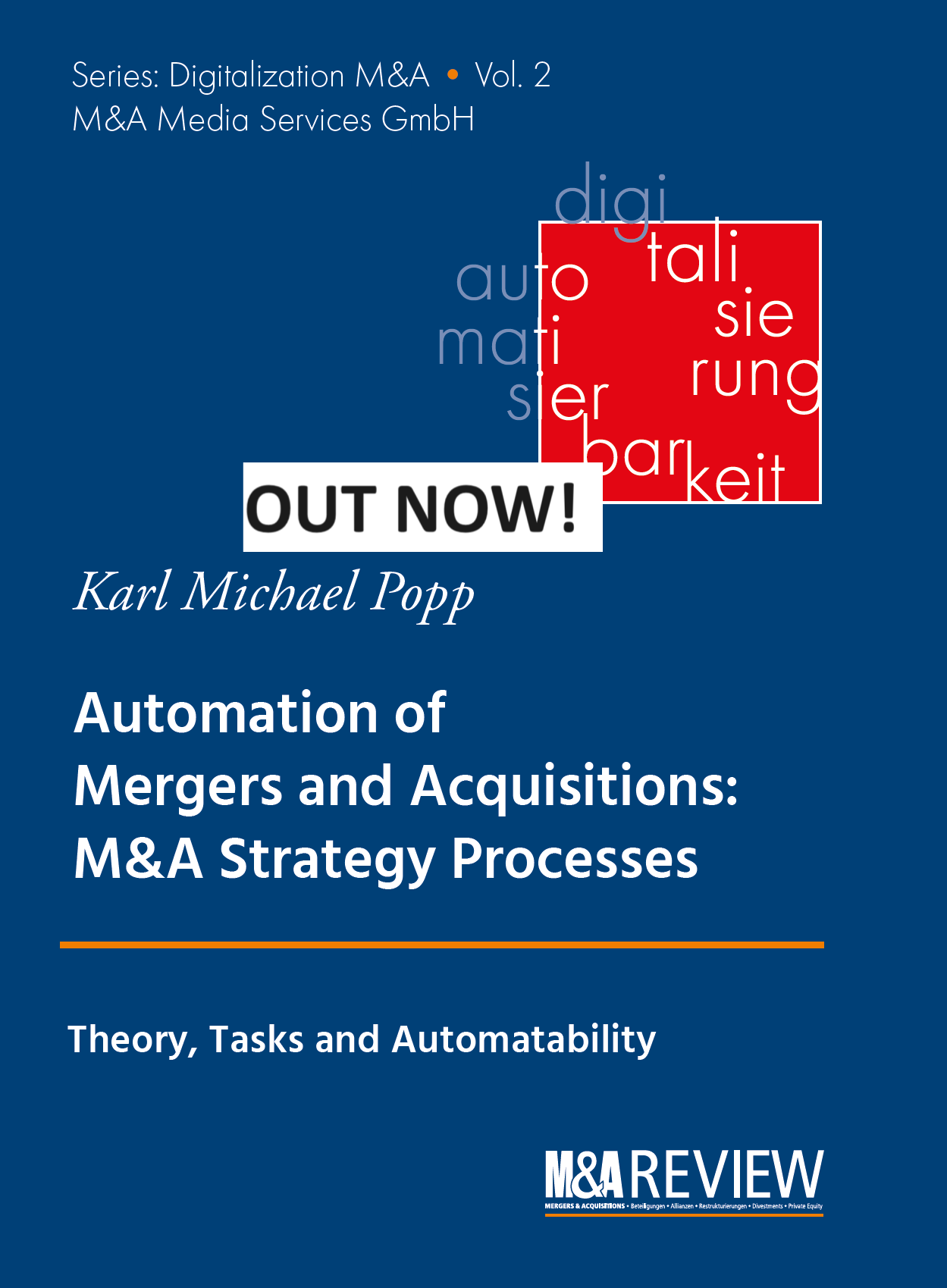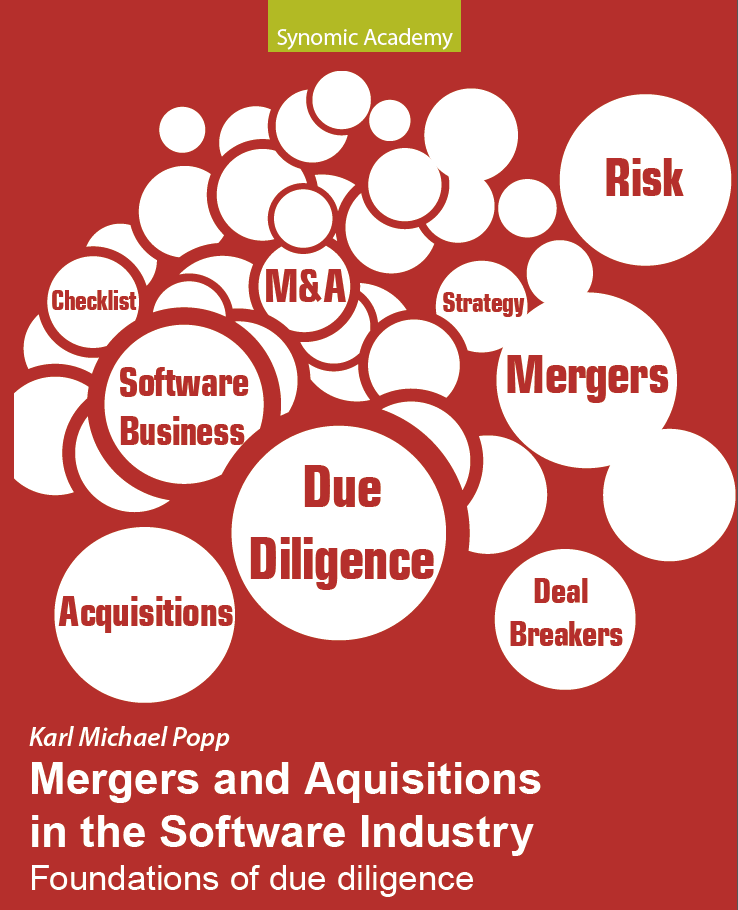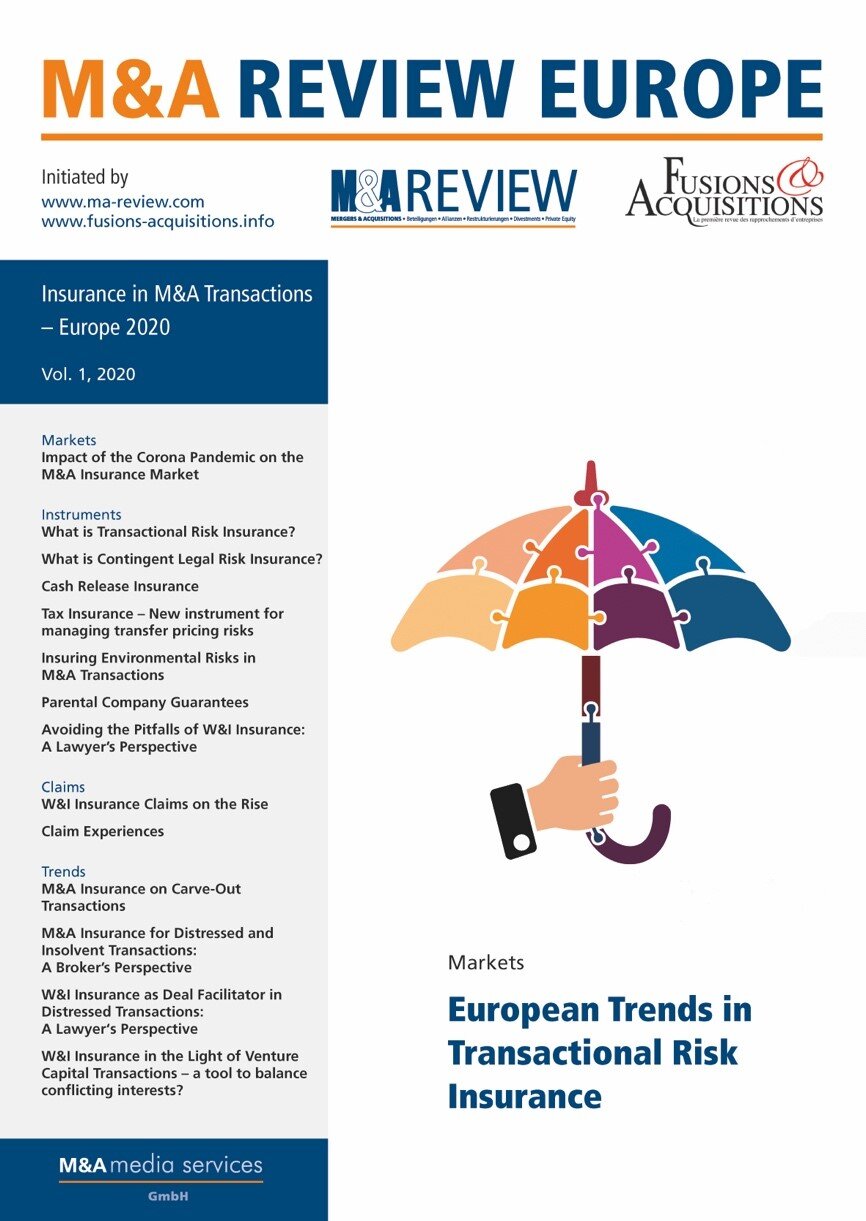Material Adverse Change Clauses in Acquisition Contracts
This blog is in the Top 25 M&A blogs worldwide according to Feedspot
Material adverse change (MAC) clauses, alternatively referred to as material adverse effect (MAE) clauses, constitute provisions that are frequently utilized in merger and acquisition (M&A) agreements. These clauses delineate particular circumstances under which a party engaged in an acquisition may withdraw from the transaction without incurring penalties should significant adverse changes transpire concerning the business being acquired.
Purpose and Importance
MAC clauses are meticulously crafted to safeguard the acquirer by permitting them to disengage from a deal in the event that unforeseen, substantial negative changes manifest in the target company subsequent to the agreement but prior to the finalization of the transaction. Such changes may encompass financial downturns, legal complications, or other adverse occurrences that considerably diminish the value or prospects of the acquisition.
Usage and Prevalence
Although MAC clauses are prevalent in the majority of M&A agreements, their actual invocation remains uncommon. The principal rationale for their infrequent application is the rigorous interpretations that courts frequently impose, necessitating unequivocal and substantial evidence of adverse effects. Most MAC clauses are negotiated with precision to account for specific risks yet are executed with caution to circumvent unnecessary legal disputes.
Should you contemplate the inclusion or negotiation of a MAC clause within an acquisition contract, it is prudent to seek counsel from a legal expert who can assist in customizing the clause to align with the particulars of the transaction and the risk tolerance of the involved parties.









